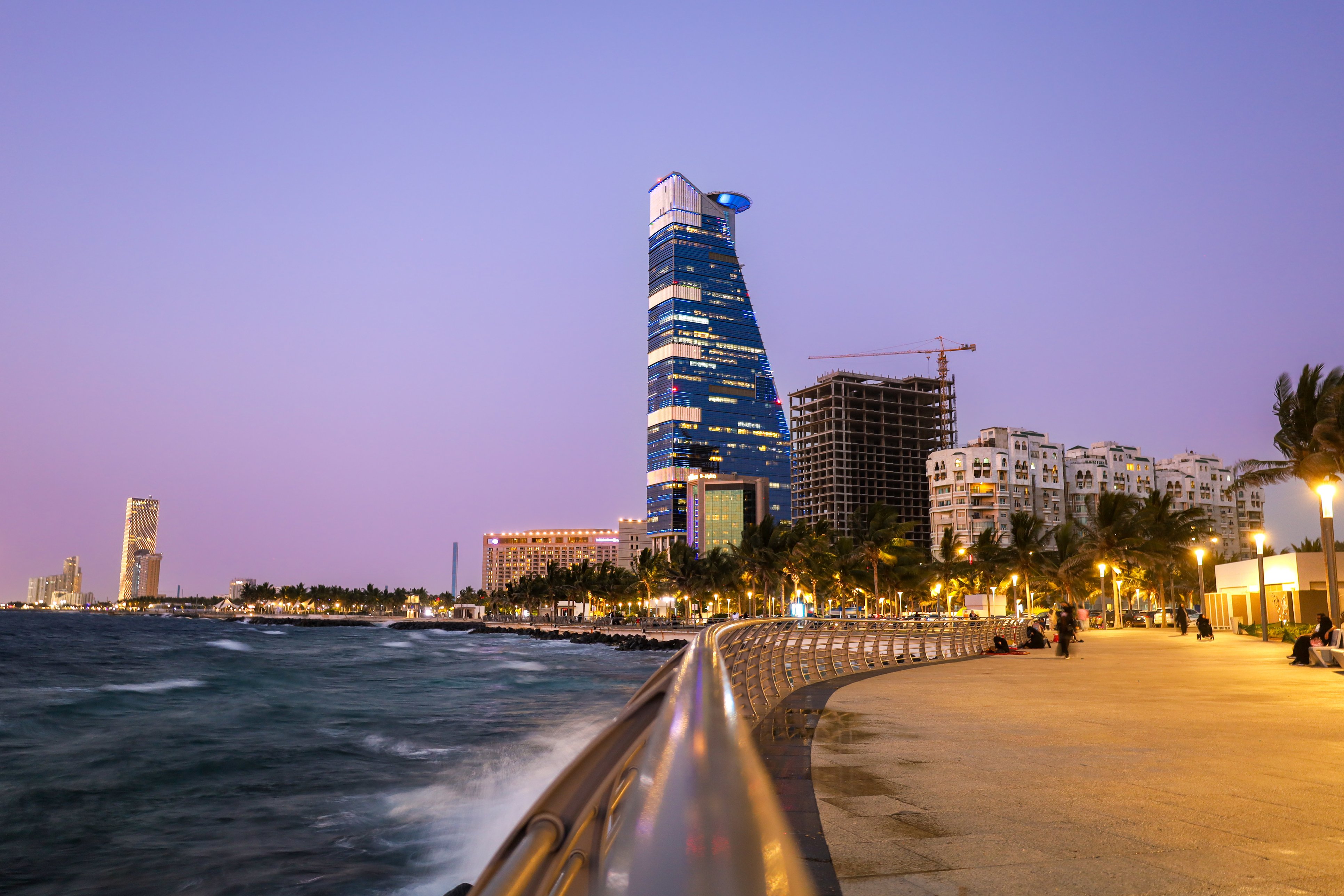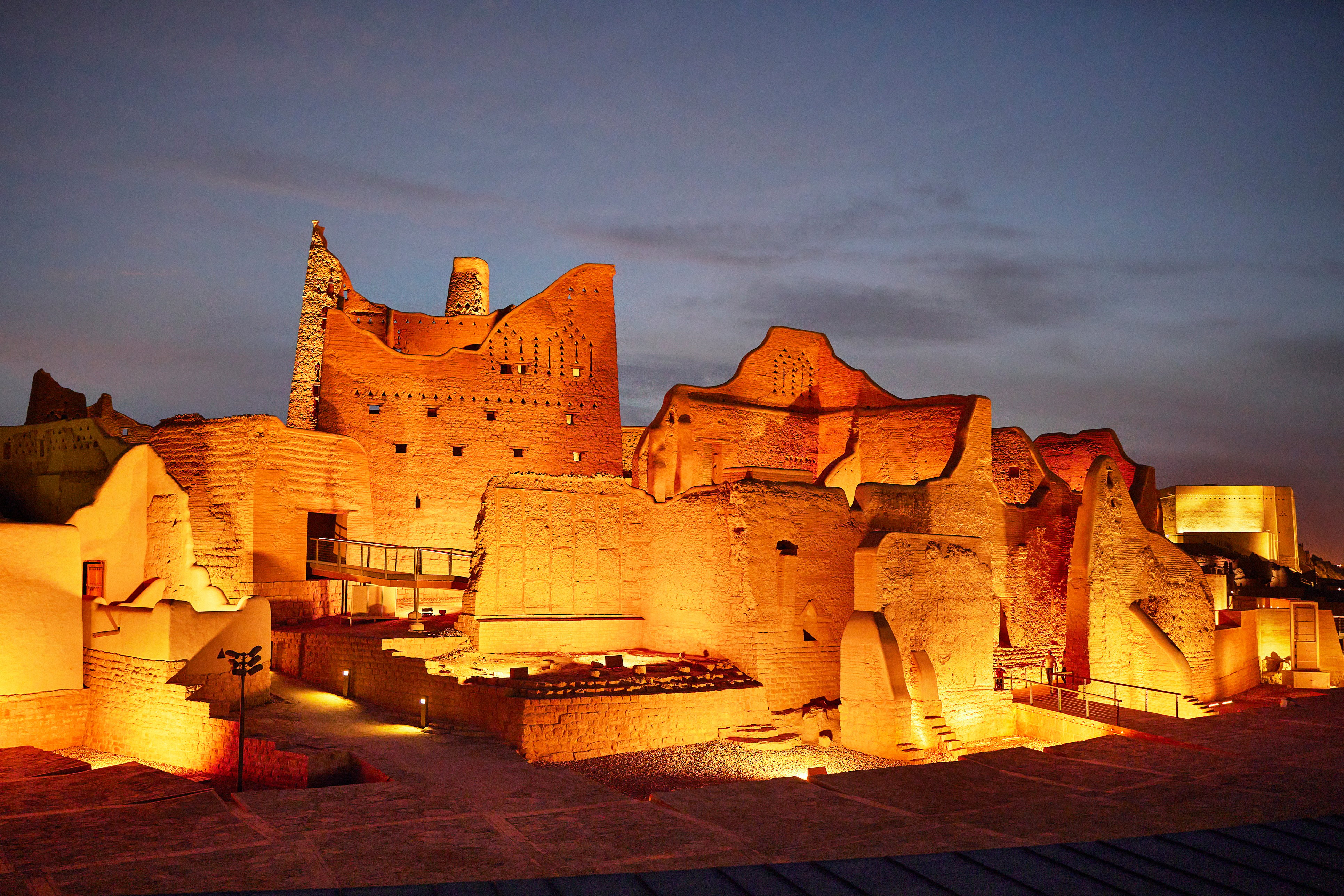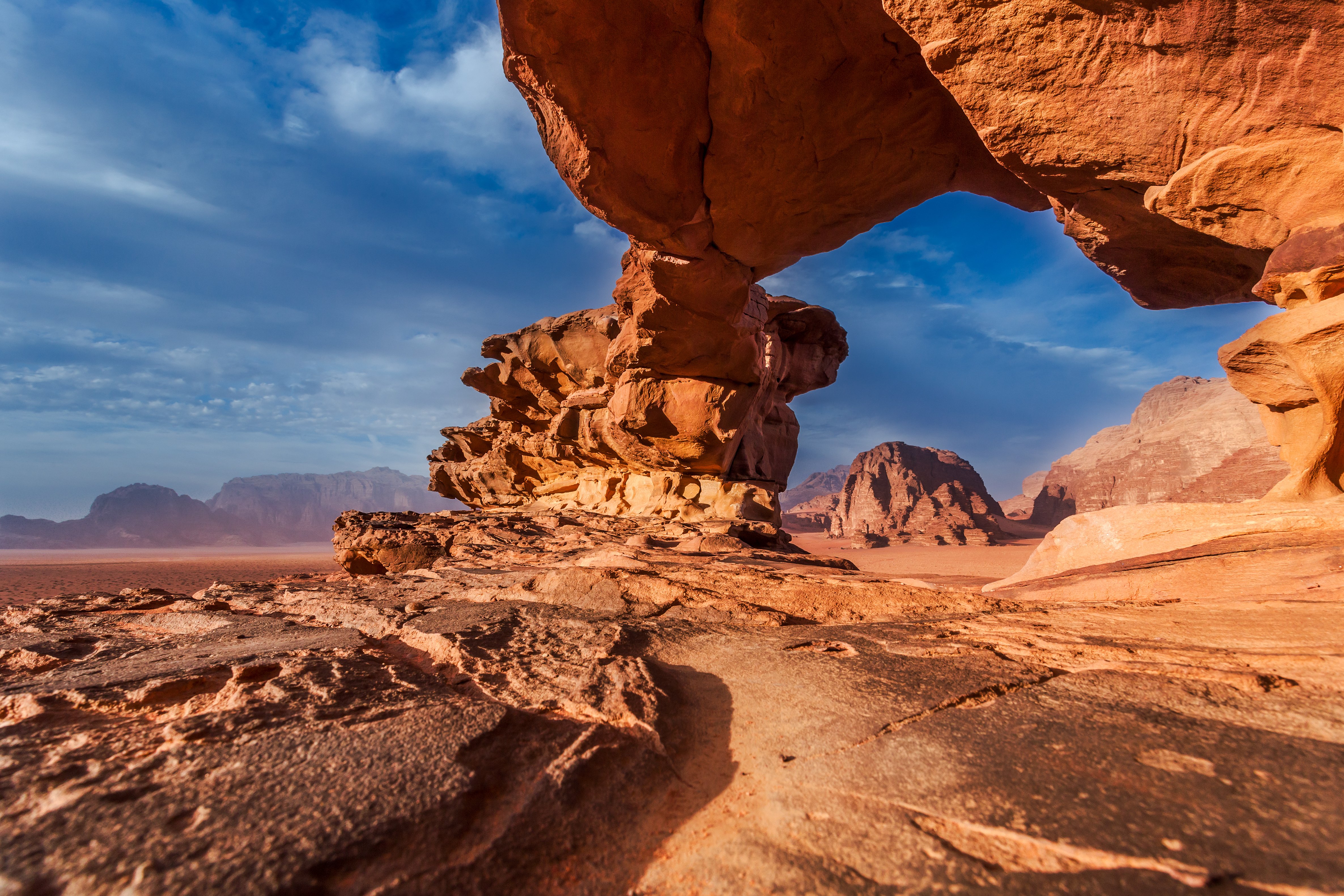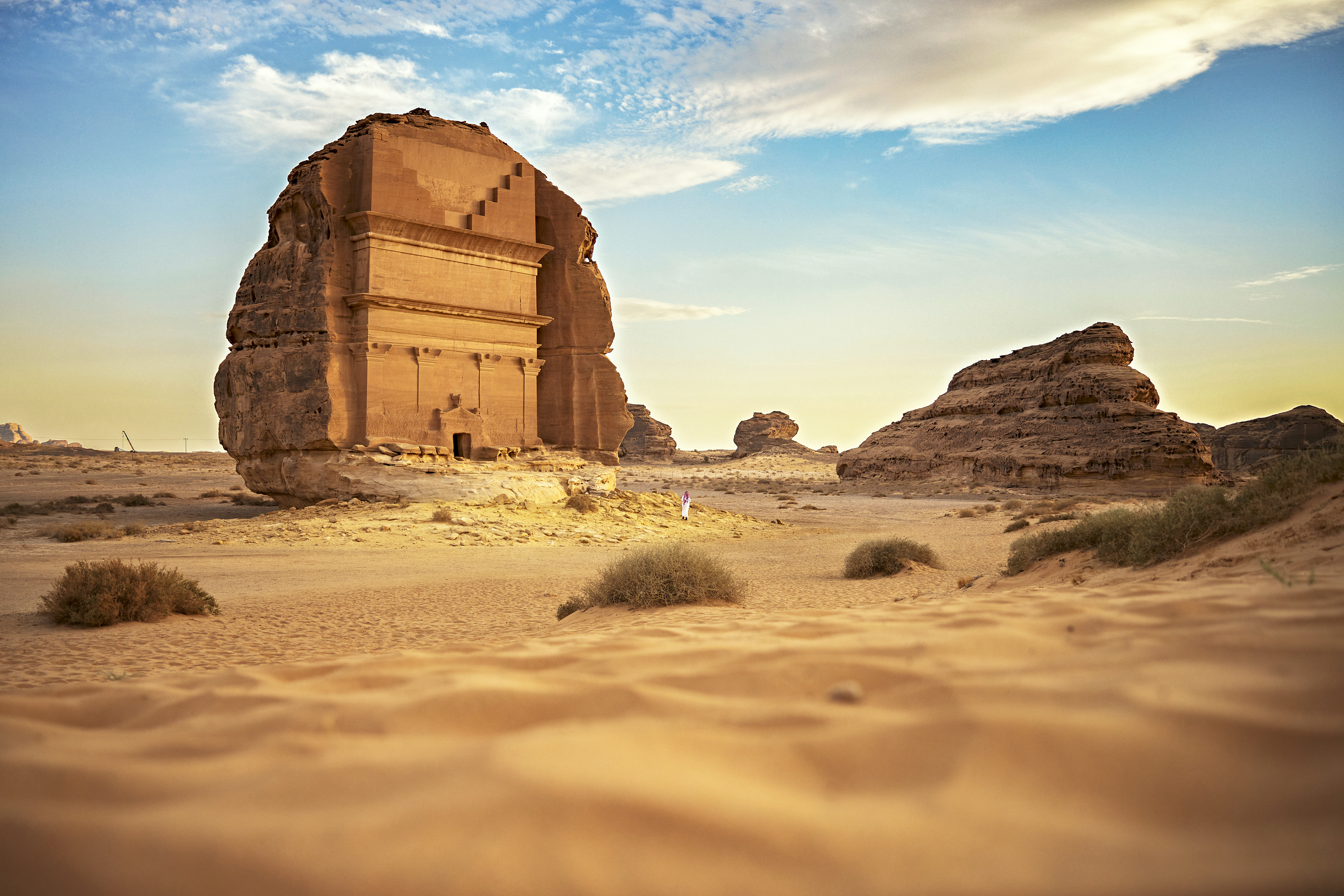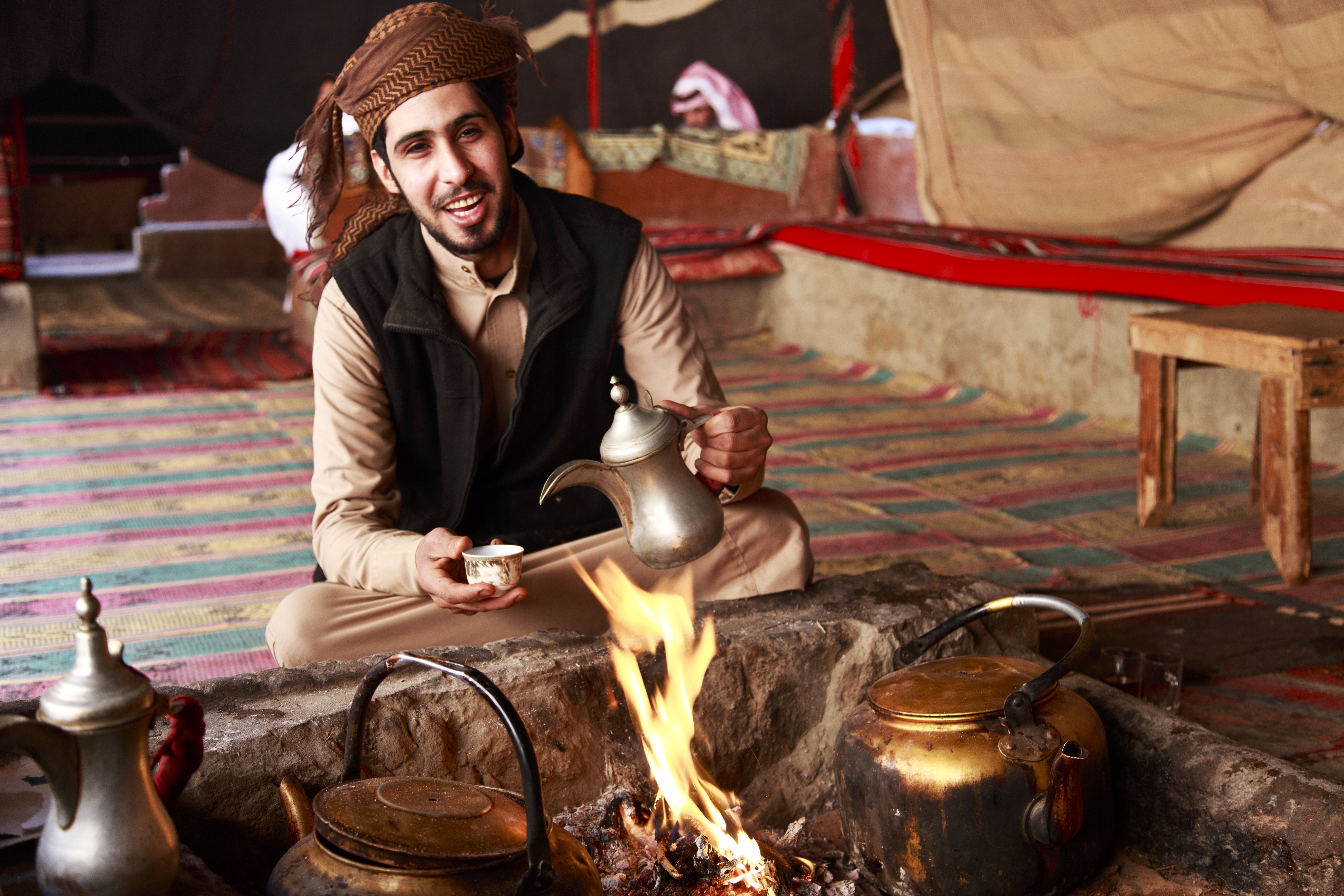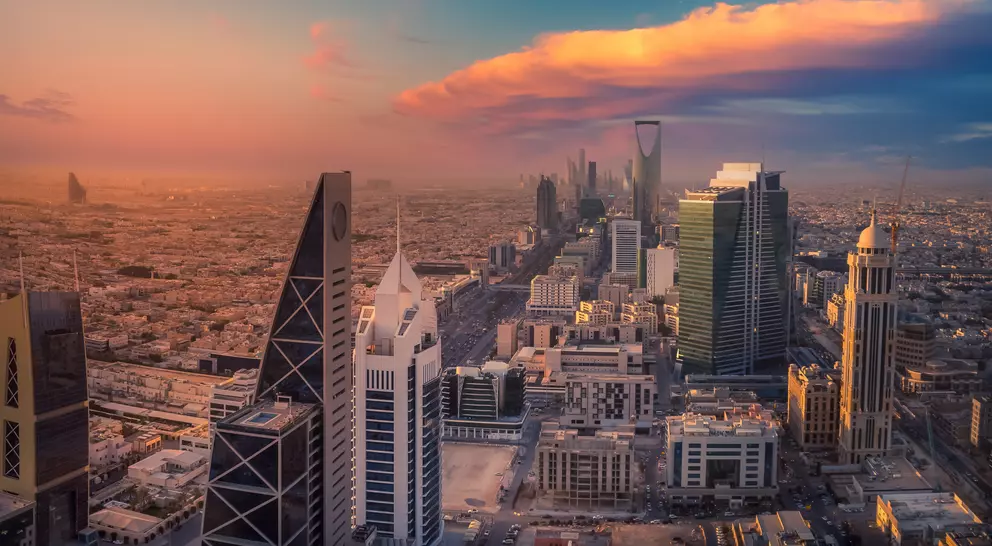Yes. US and Canadian citizens need a visa to enter Saudi Arabia. Tourist eVisas can be obtained online before travel and are usually valid for multiple entries over a one-year period, with stays up to 90 days. Your passport must be valid for at least six months beyond your arrival. If you plan to visit for religious purposes, note that the Hajj pilgrimage requires a specific visa issued only during designated periods. Always confirm the latest visa and entry rules before travelling.
Discover Tailor-Made Saudi Arabia Vacations
A journey through ancient history, sacred traditions, and desert landscapes.
From the holy cities of Mecca and Medina to the dramatic cliffs of AlUla and the Red Sea coast, Saudi Arabia invites travellers to explore its spiritual heritage, desert adventures, and modern cultural experiences.
Featured Highlights
- Explore AlUla’s sandstone cliffs and Nabatean tombs
- Witness the spiritual significance of Mecca and Medina
- Stroll Jeddah’s Corniche and historic Al-Balad district
- Experience Riyadh’s mix of heritage and modernity
- Dive into the Red Sea’s vibrant coral reefs
- Journey across the Empty Quarter desert’s vast dunes
Featured Saudi Arabia Trip Ideas
Discover timeless wonders and modern marvels in Saudi Arabia.Saudi Arabia offers a rare blend of the ancient and the contemporary. Pilgrims visit the sacred sites of Mecca and Medina, while curious travellers explore Riyadh’s bustling souks, Jeddah’s Red Sea coastline, and the carved tombs of AlUla. Vast deserts stretch beyond the horizon, inviting adventure under starlit skies. Vision 2030 is reshaping cities into cultural hubs, yet the nation’s deep traditions remain at its heart, offering a travel experience unlike anywhere else.
Ultimate Dubai & Saudi Arabia
Riyadh, Jeddah, Dubai, and Burj KhalifaClassic Saudi Arabia
Jeddah and RiyadhEgypt, Jordan & Saudi Sampler
Jeddah, Wadi Rum, Dead Sea, Amman, Cairo, and Pyramids of GizaSaudi In Style
Riyadh and JeddahHighlights of Saudi
Riyadh and JeddahBest of Jordan & Saudi Arabia
Jeddah, Wadi Rum, Dead Sea, and AmmanDon't see the
perfect trip idea?
Request a custom quote.
Turn your travel dreams into reality with Goway. Our customized vacations take travellers to all corners of the world.
What do Goway's travellers say?
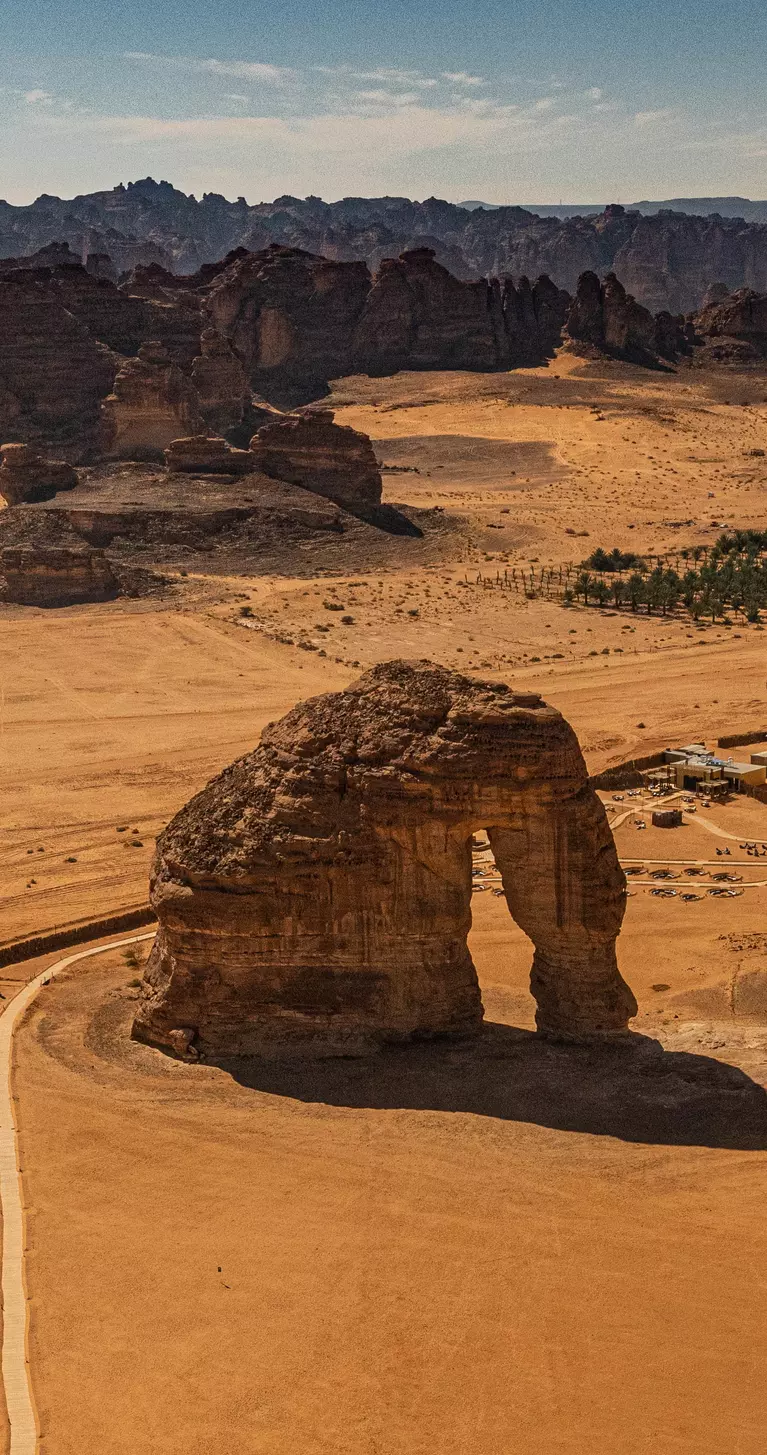
Get to know Saudi Arabia before you go.
Best Time to Visit
Saudi Arabia is at its most inviting in spring and autumn, when daytime warmth and pleasant evenings create the perfect backdrop for discovering its sweeping deserts, ancient towns, and mountain trails. These seasons make it easy to balance exploration with comfort, whether wandering city streets or camping under desert skies.
The ideal time to visit is between October and March, when cooler weather makes sightseeing far more enjoyable. Peak tourist season runs from November to February, with slightly higher prices but still manageable crowds and consistently comfortable conditions. Winter is particularly rewarding for travellers seeking active pursuits, offering crisp nights and mild days that suit desert excursions and mountain hikes. By contrast, summer from June to August is the most affordable period, though temperatures often climb past 40°C. For those unfazed by dry desert heat, this season promises fewer visitors and better value, especially along the breezy Red Sea coast.
Travellers should also keep in mind the rhythms of Ramadan, when fasting and prayer shape the country’s daily life, and visiting outside this period is more convenient for non-Muslims. A week to two weeks is recommended to experience the Kingdom’s highlights, from modern Riyadh to the ancient Nabataean tombs at AlUla. While Makkah remains closed to non-Muslims, parts of Madinah can be explored, offering a sense of the city’s spiritual importance. With tourism still developing, Saudi Arabia offers a unique blend of tradition and transformation, rewarding those who take the time to explore beyond its headline attractions.
Places To Go
Handcrafted journeys to our most popular places to visit in Saudi Arabia
AlUla
A rocky oasis city northwest of Madinah that’s home to Saudi Arabia’s greatest ancient treasures....
A rocky oasis city northwest of Madinah that’s home to Saudi Arabia’s greatest ancient treasures. The surrounding region shows evidence of human habitation going back 200,000 years. Ancient kingdoms...

Jeddah
Jeddah is the second-largest city in Saudi Arabia, the gateway to the holy city of Makkah (Mecca),...
Jeddah is the second-largest city in Saudi Arabia, the gateway to the holy city of Makkah (Mecca), and arguably the most liberal city in the nation. Located on the coastline of the Red Sea, Jeddah...
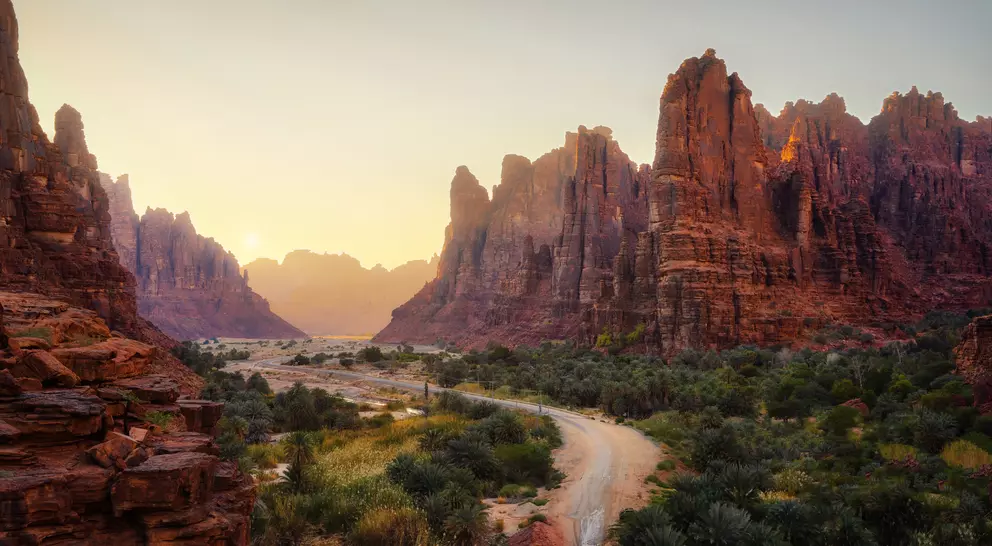
Tabuk (City)
Tabuk is an oasis city and the northern gateway to the holy city of Madinah. In 630 AD, the Prophet...
Tabuk is an oasis city and the northern gateway to the holy city of Madinah. In 630 AD, the Prophet Muhammad marched the Islamic army to Tabuk to counter a rumoured Byzantine army pushing south into...
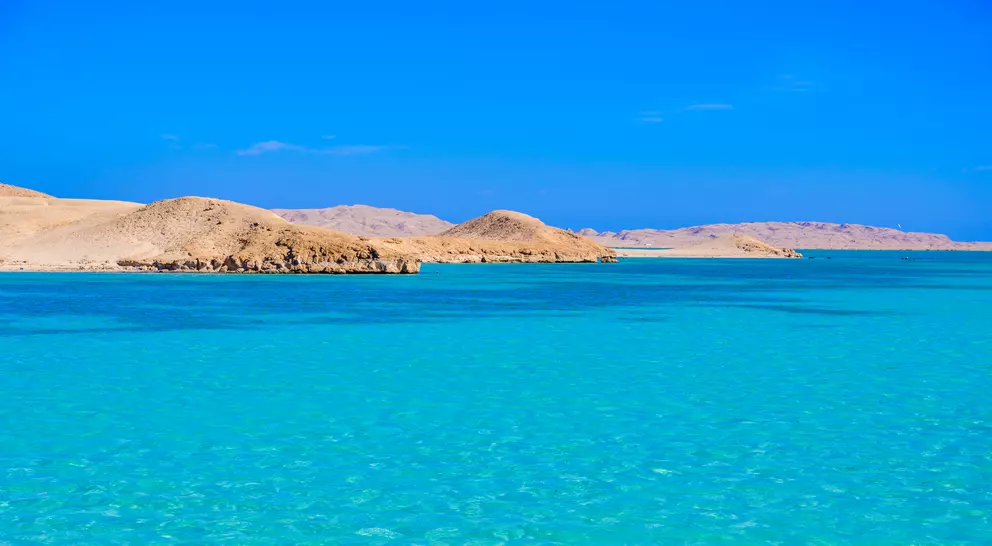
Red Sea
The Red Sea is a seawater inlet of the Indian Ocean lying between Africa and Asia and it is the...
The Red Sea is a seawater inlet of the Indian Ocean lying between Africa and Asia and it is the world’s northernmost tropical sea.The Red Sea is perhaps most famous for its association with the...
Travel Styles
Explore Saudi Arabia by Travel Type
Ways to Travel
Discover your perfect travel style—crafted for every dream and journey.

Themes
Immersive adventures shaped by passion, such as food, culture, wellness, and wild discovery.
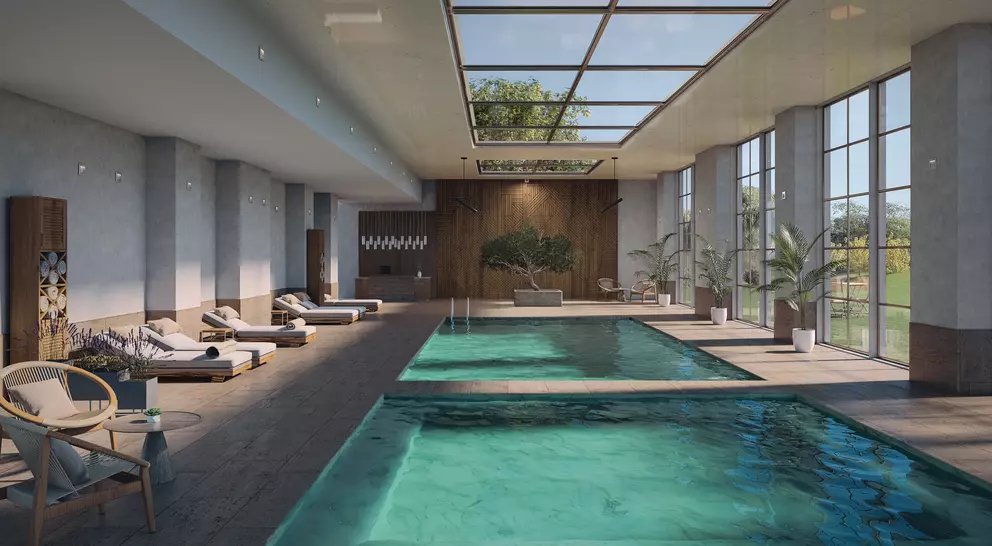
Collections
Curated journeys that capture the spirit, beauty, and essence of travel.

Ways to Travel
Discover your perfect travel style—crafted for every dream and journey.

Themes
Immersive adventures shaped by passion, such as food, culture, wellness, and wild discovery.

Collections
Curated journeys that capture the spirit, beauty, and essence of travel.
Frequently Asked Questions
Do I need a visa or special permits to enter Saudi Arabia?
What language is spoken locally? How widely is English understood in Saudi Arabia?
Arabic is the official language, but English is widely understood in cities, hotels, airports, and restaurants. Most signs are bilingual. In smaller towns, English may be limited, though people working in tourism or expat communities generally speak it well. Learning a few Arabic phrases—like shukran (thank you) or salaam alaikum (hello)—shows respect and friendliness.
What are the must-see attractions in Saudi Arabia?
Riyadh blends modern architecture with historic gems like Diriyah, the birthplace of the Saudi state. In Jeddah, stroll the Corniche and explore Al-Balad, the UNESCO-listed old town with coral stone houses. AlUla is a true highlight, home to the ancient Nabataean tombs of Hegra, dramatic sandstone cliffs, and desert art installations. Edge of the World, near Riyadh, offers stunning cliffside views. Along the Red Sea, coral reefs near Yanbu and the new Red Sea resorts invite snorkelling and diving.
Is Saudi Arabia safe? What should I keep in mind while travelling there?
Saudi Arabia is very safe for travellers, with low crime rates and strong security presence. Respect local customs and laws, which are conservative compared to Western norms. Avoid discussing politics or religion publicly. Public behaviour, dress, and alcohol restrictions are enforced, though recent reforms have relaxed some rules for visitors. Women travellers are welcomed and no longer need a male guardian, but modest dress remains expected.
What's the best way to travel within Saudi Arabia?
Domestic flights efficiently connect major cities such as Riyadh, Jeddah, and Dammam. High-speed trains link Mecca, Medina, and Jeddah, while buses and taxis serve shorter routes. Renting a car is a great way to explore at your own pace, especially in desert or mountain regions. Roads are well maintained, but distances can be long—plan fuel and water accordingly.
What Saudi cultural customs should I be aware of?
Hospitality is a cornerstone of Saudi culture—accepting coffee or tea when offered is polite. Dress modestly: women should cover shoulders and knees, while men should avoid sleeveless tops and shorts in public. Public displays of affection are discouraged. During Ramadan, avoid eating or drinking in public during daylight hours. Fridays are the weekly day of rest, so some businesses may open later or close entirely.
What should I wear/pack for Saudi Arabia’s climate?
Saudi Arabia is hot and dry for much of the year. Lightweight, breathable clothing in natural fabrics is best, along with sunglasses, sunscreen, and a wide-brimmed hat. Evenings can be cooler in the desert, so pack a light jacket or shawl. Winters (November–February) are pleasantly warm during the day but can get chilly at night, especially in the north. Comfortable shoes are essential for exploring cities, desert landscapes, and archaeological sites.
Unlock more with your Newsletter membership
Discover Goway Travel Protection Plans that offer a peace of mind by helping protect your travel investment, belongings, and most importantly you!
